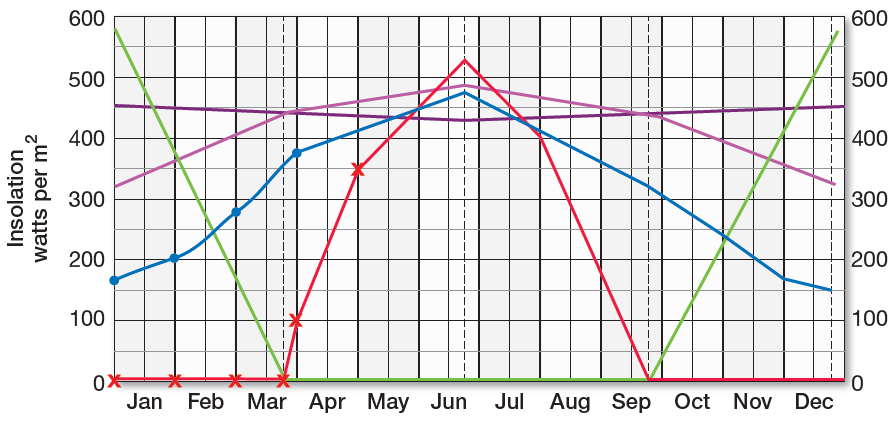If the temperature at the surface of Earth (at sea level) is 100°F, what is the temperature at 2000 feet if the normal lapse rate is 3.5°F/1000 feet?
A) 107°F B) 86°F C) 96.5°F D) 93°F E) 103.5°F
D
You might also like to view...
Compare and contrast the plotted insolation values at the equator and either of the poles. What factors explain these different patterns of energy receipt?

What will be an ideal response?
Compared to a person in a developed country, a person in a developing country is about eight times more likely to die from
A) cancer. B) injuries. C) cardiovascular disease. D) communicable diseases.
On a global scale, grasslands tend to be found ____
a. in continental interiors where most rainfall occurs in summer b. in continental interiors where rainfall is evenly distributed throughout the year c. on coastlines with excessive orographic precipitation d. anywhere on a continent as long as most rainfall occurs in summer e. along coasts
In the troposphere, air temperatures ________
A) increase with increasing altitude B) decrease with increasing altitude C) are constant with decreasing altitude D) decrease with decreasing altitude